2-Ethyl-1-butanol
Synonym(s):‘Isohexylalcohol’;2-Ethylbutyl alcohol
- CAS NO.:97-95-0
- Empirical Formula: C6H14O
- Molecular Weight: 102.17
- MDL number: MFCD00004744
- EINECS: 202-621-4
- SAFETY DATA SHEET (SDS)
- Update Date: 2024-12-18 14:15:30

What is 2-Ethyl-1-butanol?
Description
Ethylbutanol is a colorless liquid with a mild,alcoholic odor. Molecular weight = 102.20; Boilingpoint = 149℃. Freezing/Melting point = -114℃; Vaporpressure = 0.89 mmHg at 20℃; Flash point = 58℃ (oc).Hazard Identification (based on NFPA-704 M RatingSystem): Health 1, Flammability 2, Reactivity 0. Slightlysoluble in water
Chemical properties
clear colorless to slightly yellowish liquid
Chemical properties
Ethylbutanol is a colorless liquid with a mild, alcoholic odor.
The Uses of 2-Ethyl-1-butanol
It is used as a perfuming agent in cosmetics industry. 2-Ethyl-1-butanol is used for the synthesis of various pharmaceutical compounds, such as novel branched Alkyl carbamates, acting as anticonvulsant agent. It is also a solvent used for various organic synthesis, separation processes and ionic liquids, and solvent mixtures for pharmaceutical applications . It is also used to make penetrating oils, corrosion inhibitors, plasticizers, and perfumes; as cleaning agent for printed circuits; and to improve flow of paints and varnishes.
The Uses of 2-Ethyl-1-butanol
Solvent for oils, resins, waxes, dyes; diluent; synthesis of perfumes, drugs; flavoring.
Production Methods
2-Ethylbutanol can be prepared commercially by the aldol condensation of acetaldehyde and 1-butanal and subsequent hydrogenation.
General Description
Flash point of 137°F. Less dense than water and slightly soluble in water. Vapors are heavier than air. Used as a solvent and in the manufacture of pharmaceuticals.
Air & Water Reactions
Flammable. Slightly soluble in water.
Reactivity Profile
Flammable and/or toxic gases are generated by the combination of alcohols, such as 2-ETHYL-1-BUTANOL, with alkali metals, nitrides, and strong reducing agents. Alcohols react with oxoacids and carboxylic acids to form esters plus water. Oxidizing agents convert them to aldehydes or ketones. Alcohols exhibit both weak acid and weak base behavior. They may initiate the polymerization of isocyanates and epoxides.
Hazard
Moderate fire risk.
Health Hazard
Liquid causes eye burns. Vapors may be mildly irritating to nose and throat.
Fire Hazard
HIGHLY FLAMMABLE: Will be easily ignited by heat, sparks or flames. Vapors may form explosive mixtures with air. Vapors may travel to source of ignition and flash back. Most vapors are heavier than air. They will spread along ground and collect in low or confined areas (sewers, basements, tanks). Vapor explosion hazard indoors, outdoors or in sewers. Runoff to sewer may create fire or explosion hazard. Containers may explode when heated. Many liquids are lighter than water.
Safety Profile
Moderately toxic by ingestion and sktn contact. A skin and severe eye irritant. Flammable liquid when exposed to heat or flame; can react with oxidizing materials. To fight fire, use dry chemical, CO2, foam, fog. When heated to decomposition it emits acrid smoke and irritating fumes. See also ALCOHOLS.
Potential Exposure
Used as a solvent; for making dyes, perfumes, flavorings, and drugs
First aid
If this chemical gets into the eyes, remove anycontact lenses at once and irrigate immediately for at least15 min, occasionally lifting upper and lower lids. Seekmedical attention immediately. If this chemical contactsthe skin, remove contaminated clothing and wash immediately with soap and water. Seek medical attention immediately. If this chemical has been inhaled, remove fromexposure, begin rescue breathing (using universal precautions, including resuscitation mask) if breathing hasstopped and CPR if heart action has stopped. Transferpromptly to a medical facility. When this chemical hasbeen swallowed, get medical attention. Give large quantities of water and induce vomiting. Do not make an unconscious person vomit.
Metabolism
Research reported that when 25 mmol (2.55 g) of 2-ethyl-1-butanol was administered by oral gavage to 3.0 kg rabbits (n = 3), 40% of the administered dose was excreted in the urine as the glucuronide within 24 h. Furthermore, Kamil et al. reported that 2-ethyl-1-butanol, 2.55 g (3.1 ml), administered by oral gavage to a rabbit, was excreted in the urine (24 h) as diethylacetylglucuronide. A small amount of methyl-n-propyl ketone was also excreted[1].
storage
Color Code—Red: Flammability Hazard: Store ina flammable liquid storage area or approved cabinet awayfrom ignition sources and corrosive and reactive materials.Prior to working with this chemical you should be trainedon its proper handling and storage. Store in tightly closedcontainers in a cool, well-ventilated area away from oxidizers, strong acids, strong bases, reducing agents, heat, andsources of ignition. Where possible, automatically pumpliquid from drums or other storage containers to processcontainers.
Shipping
UN2275 Ethylbutanol, Hazard Class: 3; Labels: 3-Flammable liquid
Purification Methods
Dry it with CaSO4 for several days, filter and fractionally distil it. [Beilstein 1 IV 1725.]
Incompatibilities
May form explosive mixture with air. Incompatible with oxidizers, strong acids; caustics, isocyanates, amines, isocyanates.
Waste Disposal
Incineration by spraying or in paper packaging. Flammable solvent may be added.
References
[1] D. McGinty, A.M. Api, C.S. Letizia. “Fragrance material review on 2-ethyl-1-butanol.” Food and Chemical Toxicology 48 (2010): Pages S85-S88.
Properties of 2-Ethyl-1-butanol
| Melting point: | -15 °C (lit.) |
| Boiling point: | 146 °C (lit.) |
| Density | 0.83 g/mL at 25 °C (lit.) |
| refractive index | n |
| Flash point: | 137 °F |
| storage temp. | Store below +30°C. |
| solubility | 4g/l |
| form | clear liquid |
| pka | 15.05±0.10(Predicted) |
| color | Colorless to Almost colorless |
| Odor | at 100.00 %. sweet musty alcoholic |
| explosive limit | 1.1-7%(V) |
| Water Solubility | Soluble in water (4 mg/ml at 25°C), alcohol, ether, and most organic solvents. |
| BRN | 1731254 |
| CAS DataBase Reference | 97-95-0(CAS DataBase Reference) |
| EPA Substance Registry System | 2-Ethyl-1-butanol (97-95-0) |
Safety information for 2-Ethyl-1-butanol
| Signal word | Warning |
| Pictogram(s) |
 Flame Flammables GHS02  Exclamation Mark Irritant GHS07 |
| GHS Hazard Statements |
H226:Flammable liquids |
| Precautionary Statement Codes |
P210:Keep away from heat/sparks/open flames/hot surfaces. — No smoking. P233:Keep container tightly closed. P240:Ground/bond container and receiving equipment. P280:Wear protective gloves/protective clothing/eye protection/face protection. P301+P312:IF SWALLOWED: call a POISON CENTER or doctor/physician IF you feel unwell. P303+P361+P353:IF ON SKIN (or hair): Remove/Take off Immediately all contaminated clothing. Rinse SKIN with water/shower. |
Computed Descriptors for 2-Ethyl-1-butanol
2-Ethyl-1-butanol manufacturer
New Products
4-Fluorophenylacetic acid 4-Methylphenylacetic acid N-Boc-D-alaninol N-BOC-D/L-ALANINOL Tert-butyl bis(2-chloroethyl)carbamate 3-Morpholino-1-(4-nitrophenyl)-5,6-dihydropyridin- 2(1H)-one Furan-2,5-Dicarboxylic Acid Tropic acid S-2-CHLORO PROPIONIC ACID ETHYL ISOCYANOACETATE 2-Bromo-1,3-Bis(Dimethylamino)Trimethinium Hexafluorophosphate (6-METHYL-[1,3]DITHIOLO[4,5-b]QUINOXALIN-2-ONE INDAZOLE-3-CARBOXYLIC ACID 4-IODO BENZOIC ACID (2-Hydroxyphenyl)acetonitrile 4-Bromopyrazole 5,6-Dimethoxyindanone 2-(Cyanocyclohexyl)acetic acid 4-methoxy-3,5-dinitropyridine 2-aminopropyl benzoate hydrochloride 1-(4-(aminomethyl)benzyl)urea hydrochloride diethyl 2-(2-((tertbutoxycarbonyl)amino) ethyl)malonate tert-butyl 4- (ureidomethyl)benzylcarbamate Ethyl-2-chloro((4-methoxyphenyl)hydrazono)acetateRelated products of tetrahydrofuran
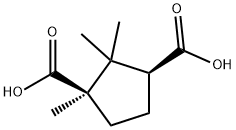
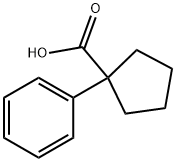
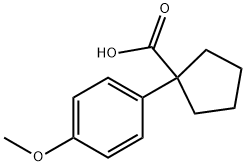
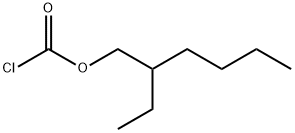
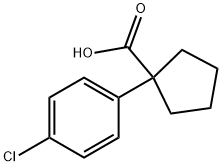
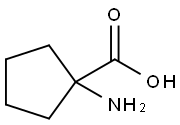
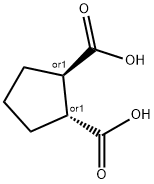
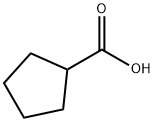
You may like
-
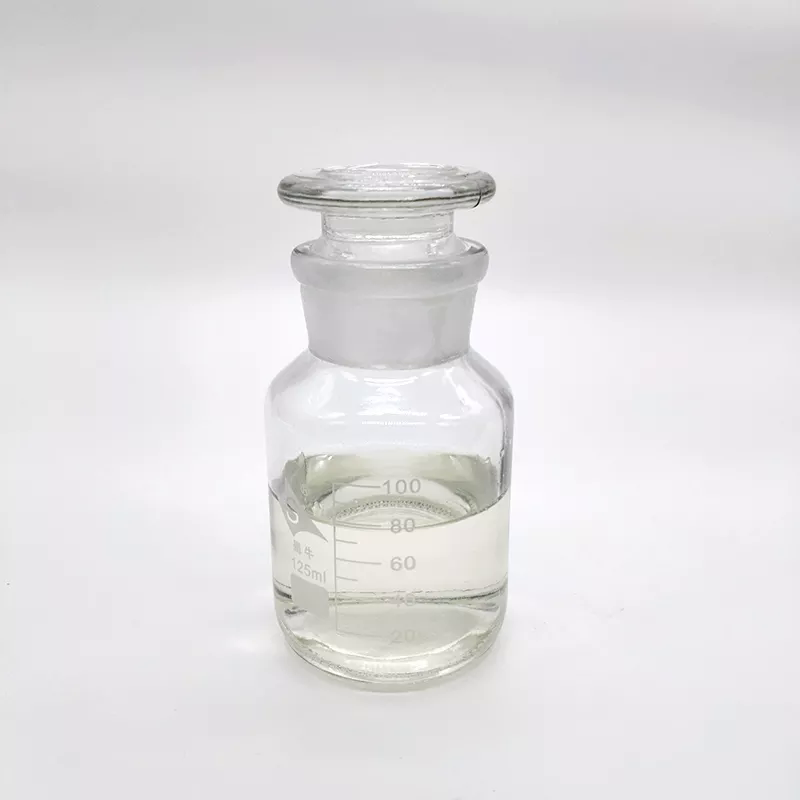 2-Ethylbutanol 98%View Details
2-Ethylbutanol 98%View Details -
 97-95-0 99%View Details
97-95-0 99%View Details
97-95-0 -
 2-Ethyl-1-butanol CAS 97-95-0View Details
2-Ethyl-1-butanol CAS 97-95-0View Details
97-95-0 -
 2-Ethyl-1-butanol CAS 97-95-0View Details
2-Ethyl-1-butanol CAS 97-95-0View Details
97-95-0 -
 2-Ethyl-1-butanol CAS 97-95-0View Details
2-Ethyl-1-butanol CAS 97-95-0View Details
97-95-0 -
 1975-50-4 98%View Details
1975-50-4 98%View Details
1975-50-4 -
 14714-50-2 (2-Hydroxyphenyl)acetonitrile 98+View Details
14714-50-2 (2-Hydroxyphenyl)acetonitrile 98+View Details
14714-50-2 -
 118753-70-1 98+View Details
118753-70-1 98+View Details
118753-70-1